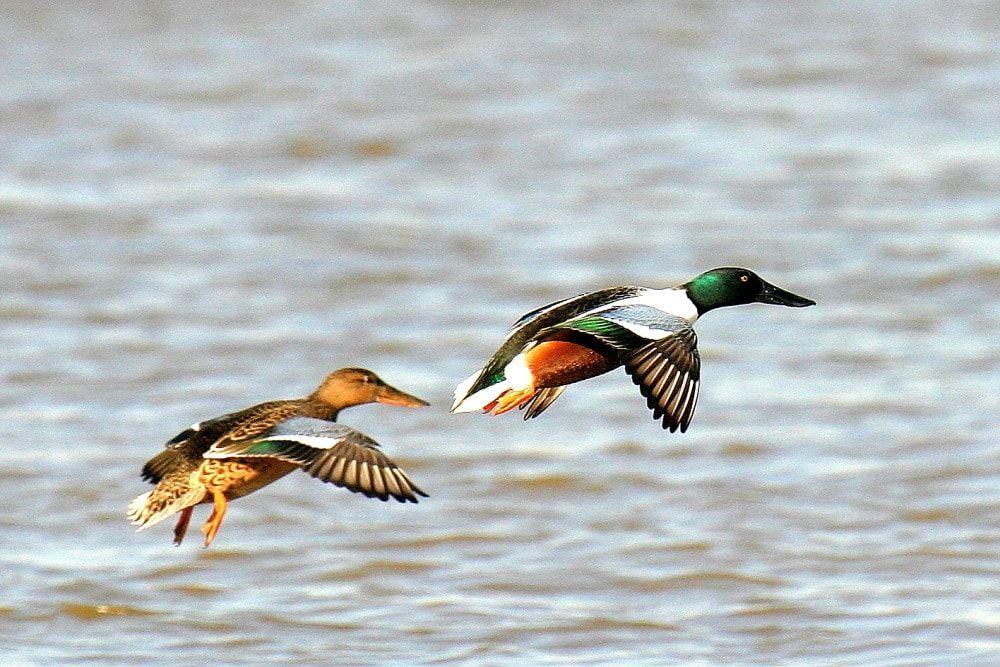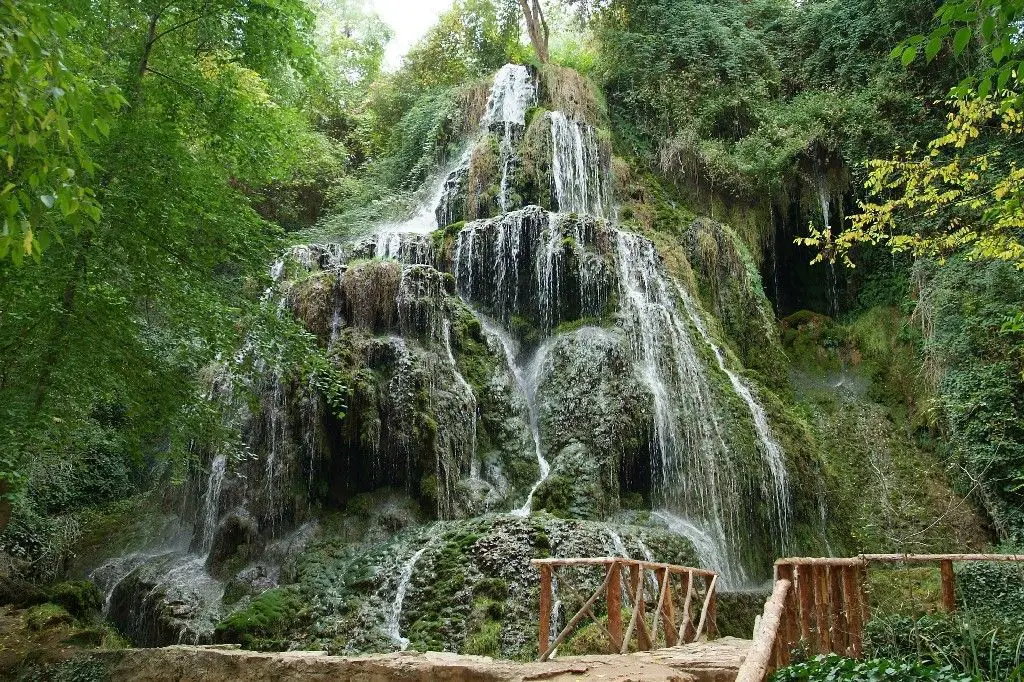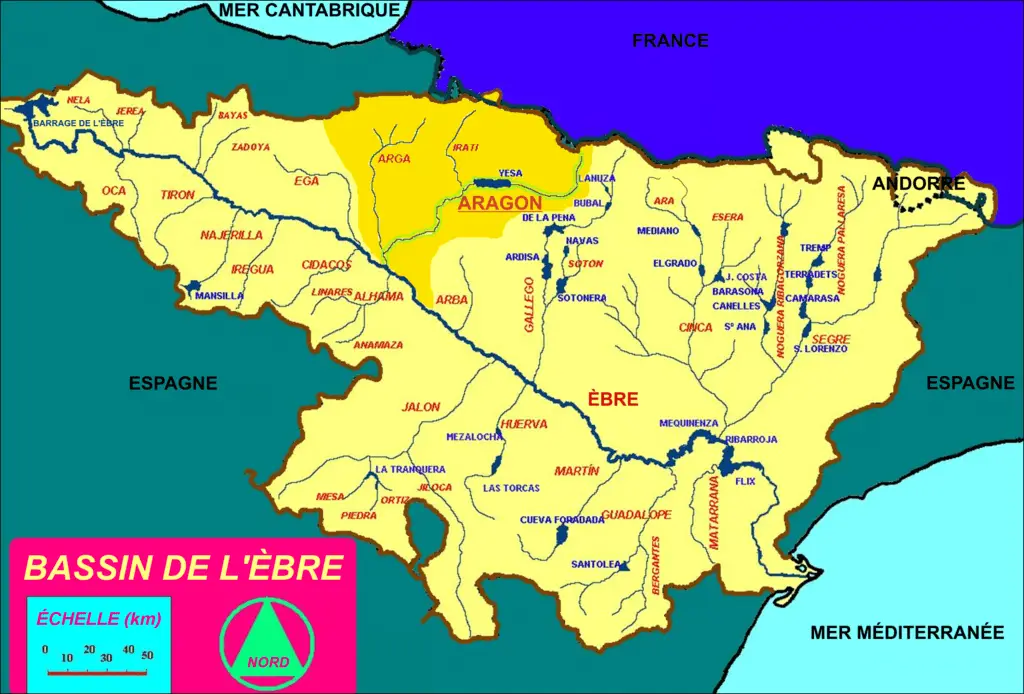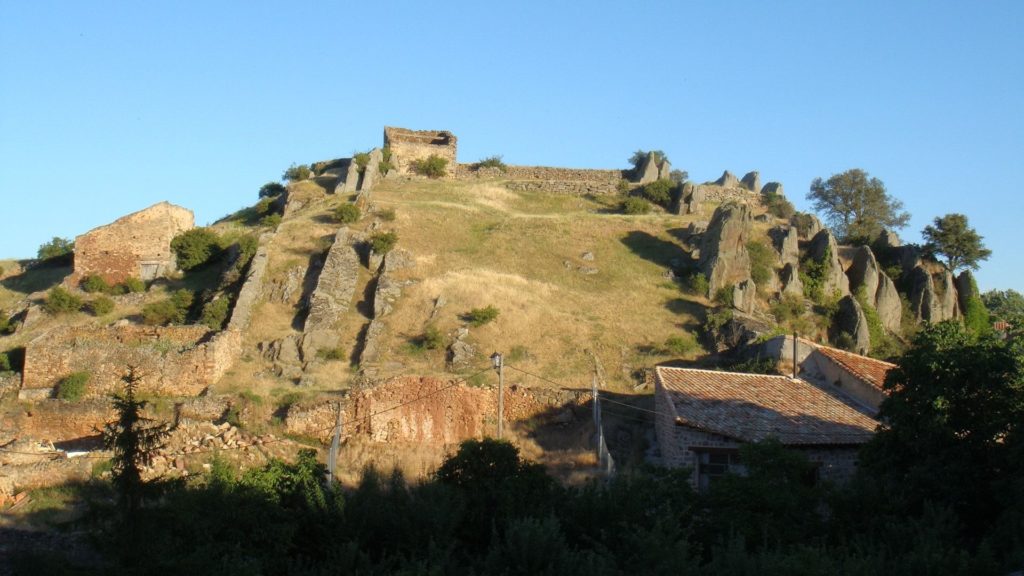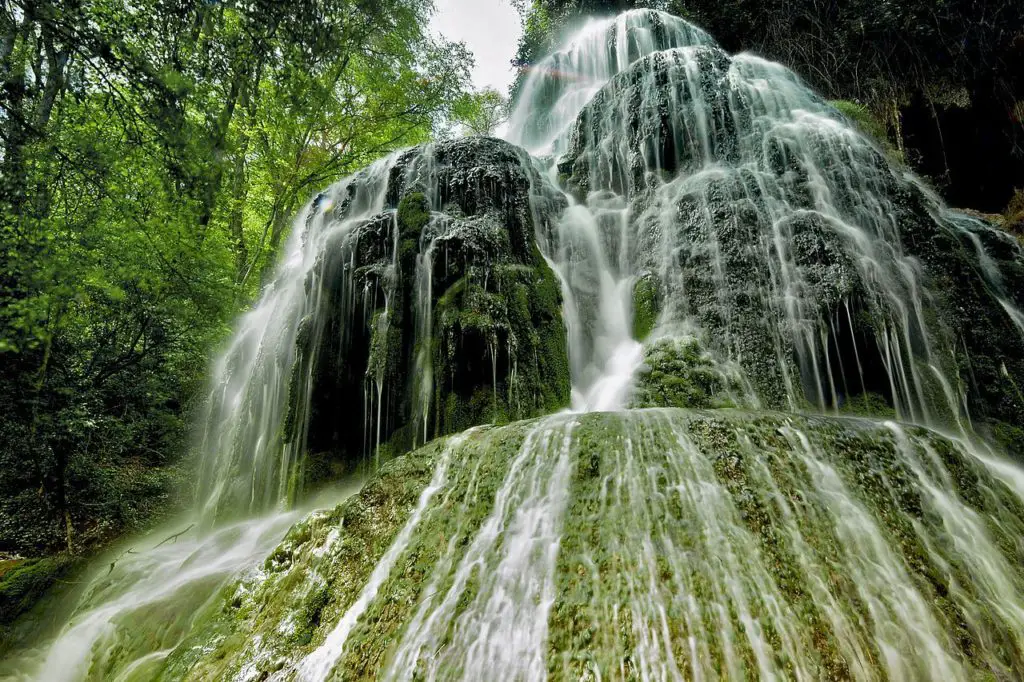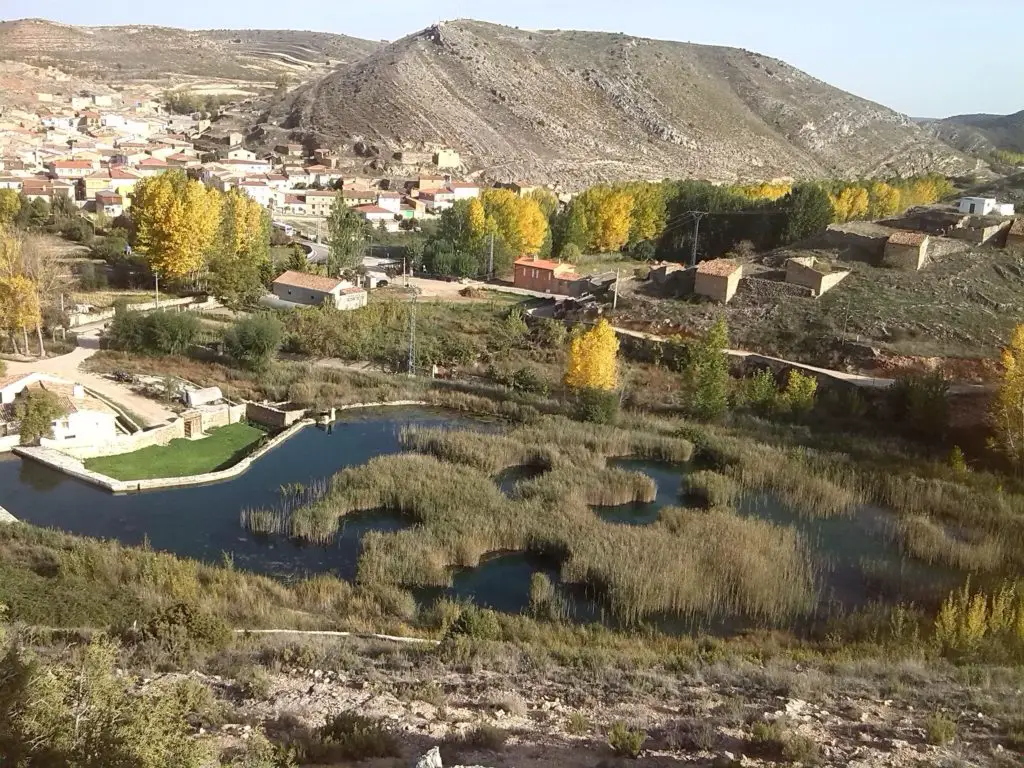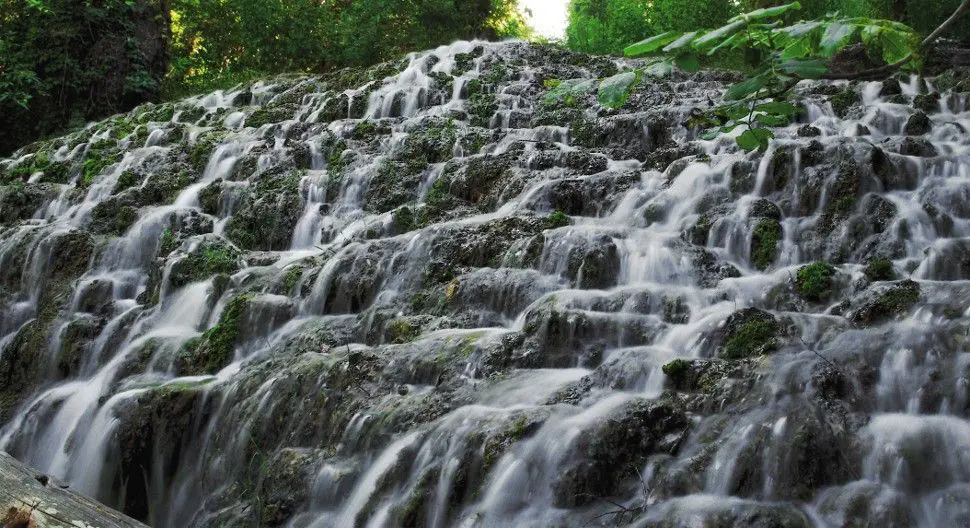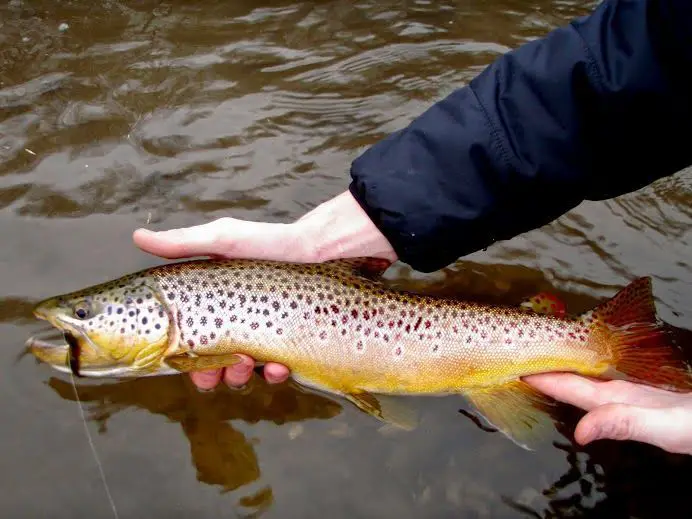Did you know that there is a river that turns everything in its path into stone? Yes, there is a river in Spain that does this. Would you like to know more about it? Does it have animal life? We invite you to read the following article about the Piedra River
Indice De Contenido
Location and length of the Rio de Piedra:
The Rio de Piedra is located in Spain, specifically in the Ebro basin, the provinces it crosses are Castilla and Aragon, the municipalities it covers are Guadalajara and Zaragoza. With a length of only 66 km, it is considered one of the shortest rivers in Spain, unlike the Guadiana. Its altitude is 904 metres above sea level.
Source and mouth:
The source of the River Piedra is in the Rueda de la Sierra, and its mouth is in the River Jalón, in Ateca. With regard to its source, it can be said that it originates in the Rueda de la Sierra, due to the confluence of several ravines near Molina de Aragón, in the municipality of Guadalajara. When the river reaches the province of Zaragoza, it passes through the towns of Torralba de los Frailes and Aldehuela de Liestos, where the relief takes the form of sickle-shaped limestone gorges known as the Hoces del Rio Piedra.
The Hoces del Rio Piedra are used for hiking, in this case the trail is circular. The easiest to walk is the Torralba de los Frailes, so if you are a beginner in this extreme sport it is ideal for you. Other options are the route from Cimballa to Llumes or from Aldehuela de Liestos to Cimballa.
The Monasterio de Piedra Nature Reserve follows the course of the river Piedra. Here the river has numerous waterfalls of incomparable beauty, where the water flows through the rocks, creating waterfalls and a series of caves with stalactites and stalagmites. You can also find an old monastery called Monasterio de Piedra in the middle of nature (see Cuervo River).
One of the most famous caves is Cola de Caballo (Horse’s Tail), whose crystal clear and calm waters will dazzle you. You will also find numerous waterfalls before reaching the crystal-clear and tranquil Lago del Espejo. Finally, the Rio de Piedra flows into the River Jalón in the municipality of Ateca, between the mouths of the rivers Manubles and Monegrillo.
The courses of the river Piedra
The river is divided into three courses, the upper, middle and lower. These are described below.
Upper course:
The upper course starts in Rueda de la Sierra (Guadalajara – Spain) and reaches Embid, a tributary of the Jalón on the right and also a tributary of the Ebro. Since it has a Mediterranean rainfall regime, its flow is very irregular and it remains dry most of the year.
When it reaches Cimballa, the Rio de Piedra is fed by its many springs, or “ojos del Rio de Piedra”, which provide it with a constant flow. The most important are Batán, Molino Nuevo, Ojos de la Balsa and Fuente de la Mora.
Middle course:
After leaving the upper course, the Rio de Piedra enters its middle course through the Requijada hydroelectric plant, the Monasterio de Piedra Nature Reserve, the Tranquera reservoir and finally the mouth of the River Ortiz.
Lower course:
The Rio de Piedra has finally reached its lower course, after passing through gorges of limestone and others of shale, which are particularly abundant in this particular stretch. In Nuévalos you will find places of interest such as the Tranquera reservoir and the Ojos de Cimballa spring (see Teno River).
Tributaries:
The springs form an important part of the group of tributaries of the Rio de Piedra, which are joined by the following rivers:
At Nuévalos, the River Ortiz.
And at the Tranquera reservoir, the River Mesa.
The River Piedra receives the River Ortiz on the right and then joins the River Mesa, forming its course and flowing into the River Jalón near Ateca.
The peculiarity of the water:
The river owes its name to a very specific characteristic of its waters: the presence of calcium carbonate in large quantities, which is absorbed by the vegetation when it leaves the springs or the body of water where it is deposited. Its name is also due to the fact that calcium carbonate forms a calcareous crust on any wood, forming beautiful figures and reliefs, which is why it is said to be fossilized, hence its name.
Fauna:
The aquatic fauna includes eels, trout and rainbow trout, barbel, madrilla, carp and crabs (river and American); the bird fauna includes eagles, owls, vultures, grey herons, spoonbills and hawks. (see Paiva River).
Other species that inhabit the river include mallard, pochard, teal, coots, cormorant, frog, newt, frogmouth, common pochard, common moorhen, lizard and ocellated lizard and several species of snake.
